Mongolia
The Early Days
Ulaan Baatar
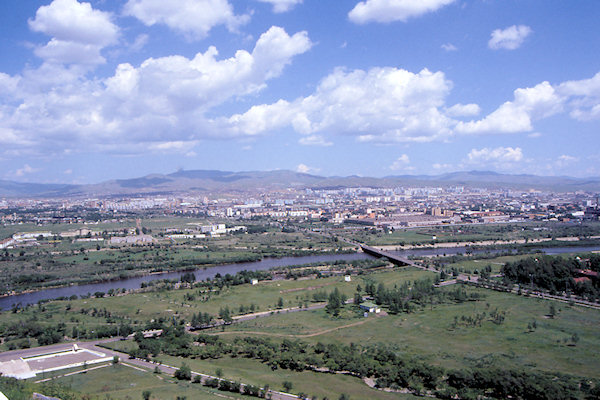 |
|||||
This is Mongolia's sprawling capital city with a population of over 600.000. There's plenty of open
space - wide boulevards, squares, parks and time-worn Soviet monuments.
The city has the look and feel of the 1950s, from the colonnaded buildings to the vintage Soviet-built
cars and ancient German motor-cycles with sidecars attached. Not that there's much traffic these days -
the petrol shortag has seen to that.
Cows wander around the city chewing on whatever greenery they can find, even in the central square, where
the sheperds - on horseback - taking a look at the governmental buildings.
Political posturing has brought some changes to street names. Lenen Ave, Stalin St, Irkutskst, Marx ave
and other roads have been renaamed. Unfortunately, almost nobody knows the new names, there are no street
signs and even the few maps currently in print are hopelessly out of date. But, don't worry, the people
are friendly and will even acompany you to youre destination.
Gandan Hiid
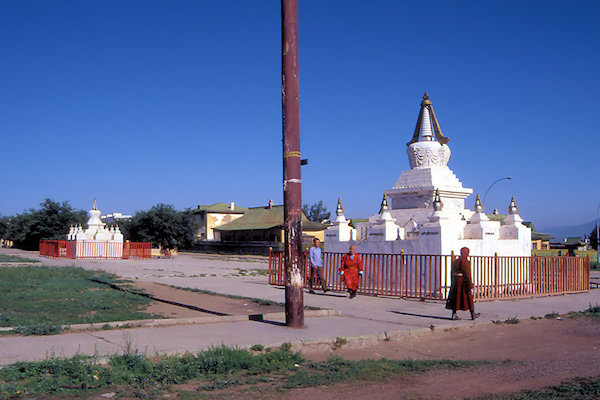 |
|||||
The monastery's full name is Gandantegchinlen, but most prefer the abbreviated form. This is
one of Ulaan Baatar's most impressive sights.
This monastery was built in 1840, and though it is not the oldest, it's one of the largest and most
important in Mongolia.
Like all temples in Mongolia, the purges of 1937 fell heavily on Gandan Hiid, but this temple survived
because the communists decided to keep it as a showcase to impress foreigners.
Although a few legtimate monks were permited to practise here, a close watch was kept on them. The
Mongolian KGB went so far as to recruit an agent and install him as 'head monk' from 1980 to 1990.
His name was Gaandan and he was a teacher of Tibetan language at the university and a Communist Party
member. When religious freedom was granted in 1990, Gaadan abrubtly retired. He has maintained a low
profile ever since.
At present Gandal Hill contains four temples, the largest (Megeed Janraiseg Sum) of which is 42
metres high. Renovation and expansion is proceeding - the monastery's presence in Ulaan Baatar assures a
large number of devotes making the necessary contributions. There are currently 150 monks in residence
and their numbers will doubless increase.
Winter Palace Museum of Bogd Haan
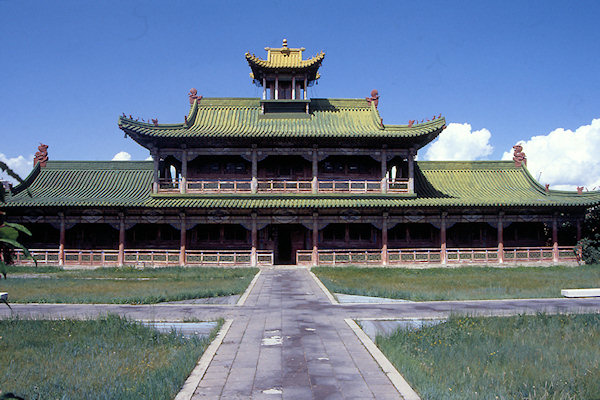 |
|||||
Bogd means 'holy' or 'wise' and Haan means 'ruler' or
'king'. The winter Palce of Bogd Haan is where the last Mongolian king (1869-1924) lived.
The Bogd Haan wasn't really a Mongolian but was brought from Tibet to Ulaan Baatar at the age of five.
Also, he was more of a theocratic leader than a king in the western sense of the word. In fact, the Bogd
Haan was ranked third in the Lamaist hierarchy after the Dalai Lama, and the Panchen Lama.
The last Bogd Haan was Mongolia's 8th Jebtsundamba Hutuktu (Living Buddhas), though there were also
139 Living Buddhas of lesser rank at this time. Had Jebtsundamba Hutuktu died before the 1921 communist
revolution, he would have been reincarnated and returned to earth as the 9th Living Buddha. However, royal
families - reincarnated or not - weren't popular with the communists. When the Bogd Haan died in 1924,
the search for his reincarnated soul was prohibited.
The king's palace doesn't look like much from the outside - apparently he wasn't a very rich king. However,
the inside is stocked full of fascinating artefacts.
State Opera & Ballet Theatre
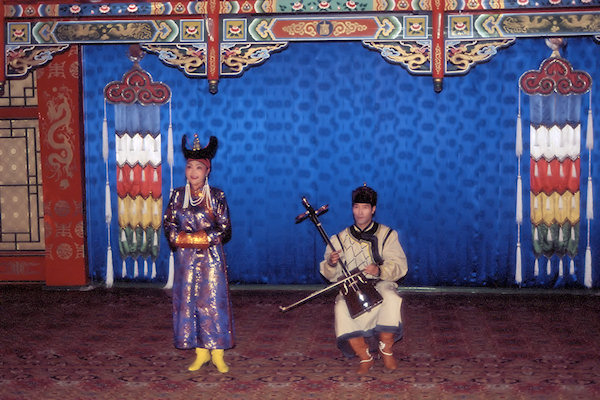 |
|||||
A performance of traditional music and dance will be one of the highlights of your visit to Mongolia
and should not be missed.
You'll see outstanding examples of the unique Mongolian throat-singing, known as khöömii;
full-scale orchestral renditions of new and old Mongolian music; contorionists guaranteed to make your
eyes water; traditional and modern dancing; and recitals featuring the unique horse-head violin, the
morin khuur.
Darkhan
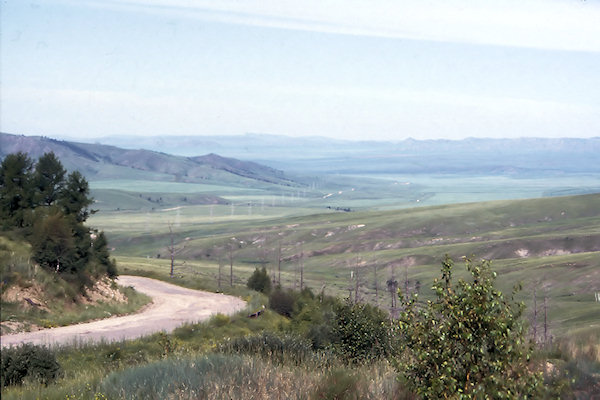 |
|||||
Log cabins, pine forests and monstrous fish do not conform to the classis image of Mongolia's desolate
steppes. But strung along the northern border, this region has actually have more in common with Siberia
than Mongolia.
Winters are long and cold, with snow staying on the ground until May. Summers bring wildflowers and the
snowmelt fills up lakes and rivers, many of which flow north to Lake Baikal in Siberia.
These are piles of stones (and sometimes animal bones, empty tins and the like) usually topped wit a piece
of cloth or flag. The ovoo serves a kind of shaman shrine, the purpose of wich is to ensure good luck while
traviling.
There is often a hollow space for the offerings, or else pople just drop coins, paper money, food and even
vodka bottles into whatever space can be found between the rocks. In addition to making offerings, part of
the ritual is to walk around the ovoo three times in a clockwise direction.
Amarbayasgalant Hiid
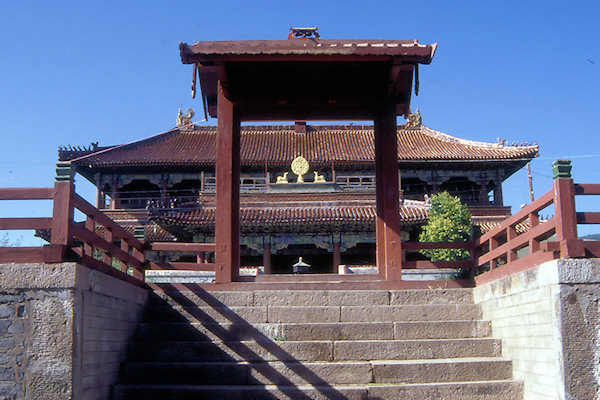 |
|||||
The main reason for visiting Darkhan is Amarbayasgalant Hiid.
This monastery is considered the second most important in Mongolia, after Erdenezuu Hiid in
Harhorin. Besides being one of the largest monasteries, it's also one of the most beautiful.
Amarbayasgalant Hiid was originally built between 1727 and 1737 by the Manchu emperor Yongzheng,
and dedicated to the great mongolian Buddhist and sculptor Zanabazar, whose mumified body was
moved here in 1779.
The monastery is in the Manchu style, down to the inscriptions, symmetrical layout and imperial colour
scheme.
The communists moseyed in around 1937, but 'only' destroyed 10 out of the 37 temples and statues.
The monastery was extensively restored between 1975 and 1990 with the help of Unesco.
At the time of my visit, again, there was considerable reconstruction work going on. When this is finished,
the monastery should be an even more impressive sight.
Tsetserleg
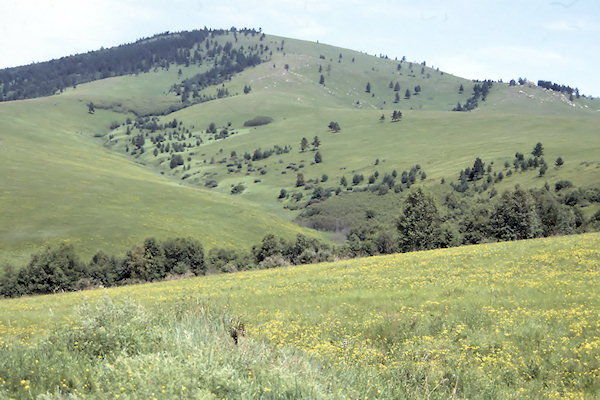 |
|||||
This region is all about wild nature, nomads and downhome hospitality.
The magic of this aimag (province) reveals itself at every turn, from sunsets viewed from the top
of vulcanic craters to rushing streams where fish seem to leap onto yor hook.
It's also a great place for the classic 'Mongolian experience', with many opportunities to visit
nomad camps, go horse riding and photograph the odd yak caravan plodding slowly along ancient trails.
City
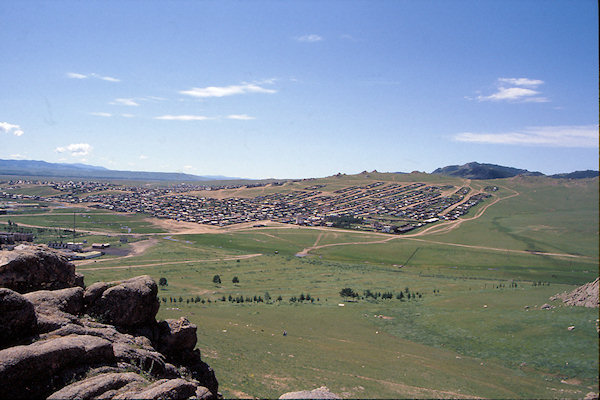 |
|||||
Nestle comfortably between rugged mountains, with tree-lined streets and a quaint temple overlooking
the town, Tsetserleg is one of the most beautiful cities in Mongolia.
The Museum of Arkhangai Aimag is one of the best in the country
It's housed in the temple complex of Zayain Gegeenii Süm, which was first built in 1586 but expanded
in 1679, when it housed five temples and up to 1.000 monks. Miraculously, the monastry escaped the
stalinist purges because it was made a museum.
The main hall concentrates on features of traditional Mongolian lifestyle, with exhibits of costumes,
traditional tools, a ger, musical instruments, weaponry and saddles. The second hall concentrates on
religious icons. The other two rooms of the former main prayer hall are empty.
Further up the hill, the Galdan Zuu Temple has been renovated with donations given by the locals.
Naadam
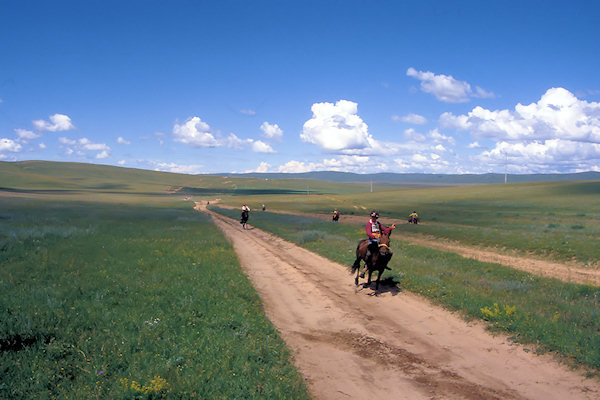 |
|||||
The biggest event of the year is Naadam, held 11 to 13 july in Ulaan Baatar- in the country-side
the festivities might be held the week before or the week after, because some people like to attend both
the local and national celebrations.
Naadam is a fair featuring traditioal Mongolian sumer sports such as horse riding, wrestling and archery.
Around Tsetserleg we encountered the horse riding event.
Traditionally children between the ages of five and 12 years, race their horse over a course either 15km
or 30km. Winning horses get an amont of money.
Terkhiin Tsagaan Nuur
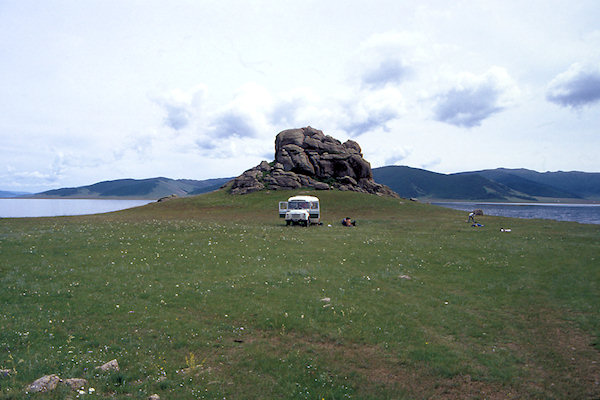 |
|||||
Amid volcanic craters, pine-clad lava fields and the occasional herd of grazing yaks, Terkhiin
Tsagaan Nuur, or The Great White Lake as it's known in English, is the natural highlight in
this region.
According to legend, this lake was formed when an elderly couple forgot to cap a wellafter fetching water.
The valley flooded with water until a localhero shot a nearby mountain top with his arrow; the shorn top
covered the well and became an island in the lake.
The lake is excelent for swimming, thouigh a bit coldin the morning - try the late afternoon; after the
sun has warmed it.
Hidding along the shore are streches of sandy beach, perfect for lounging wit a book ore fishing line.
One must-do excursion takes you to the top off Khorgo Uul vulcano. At the base of the vulcano it's
a 10 minute walk up to the cone.